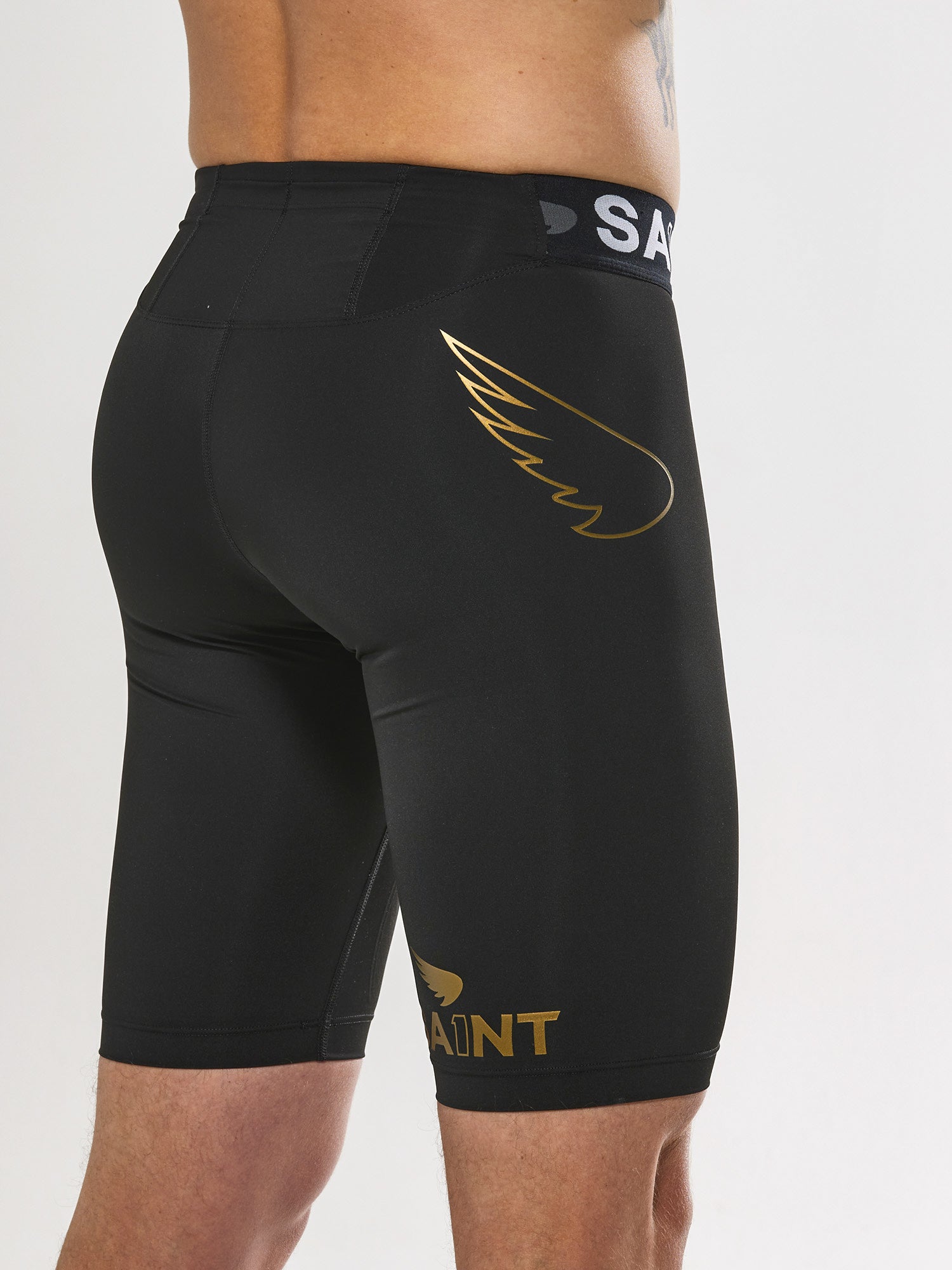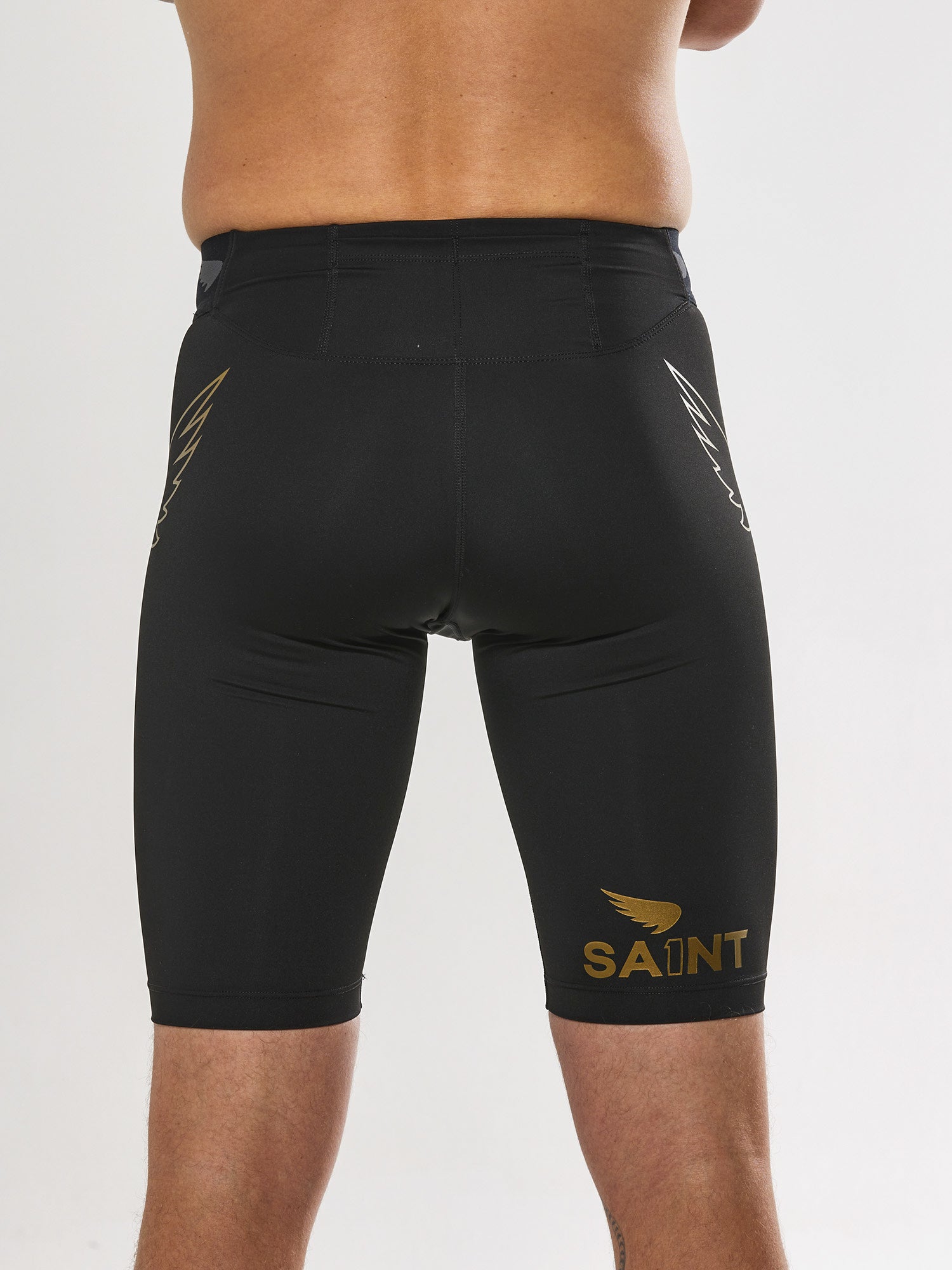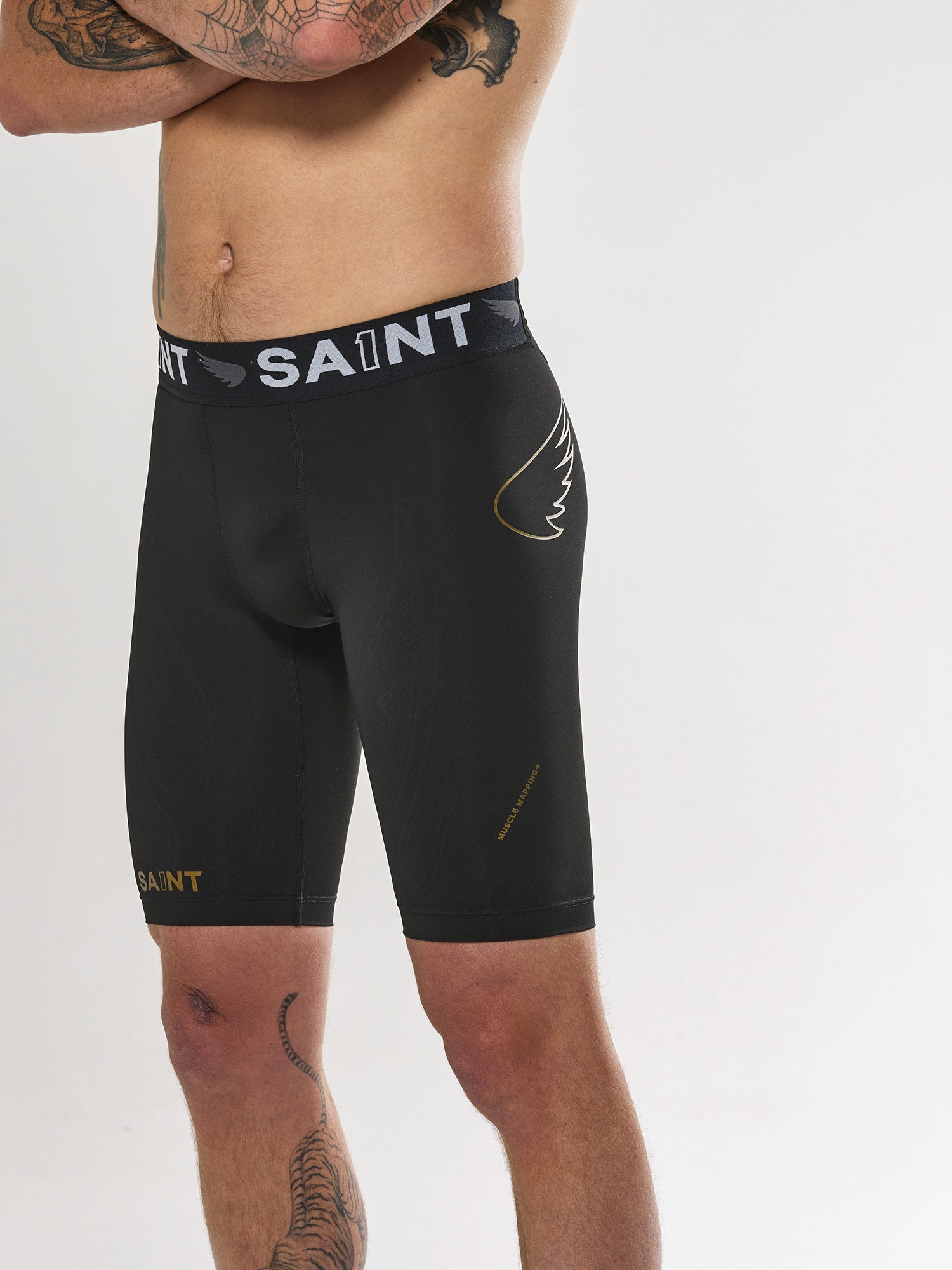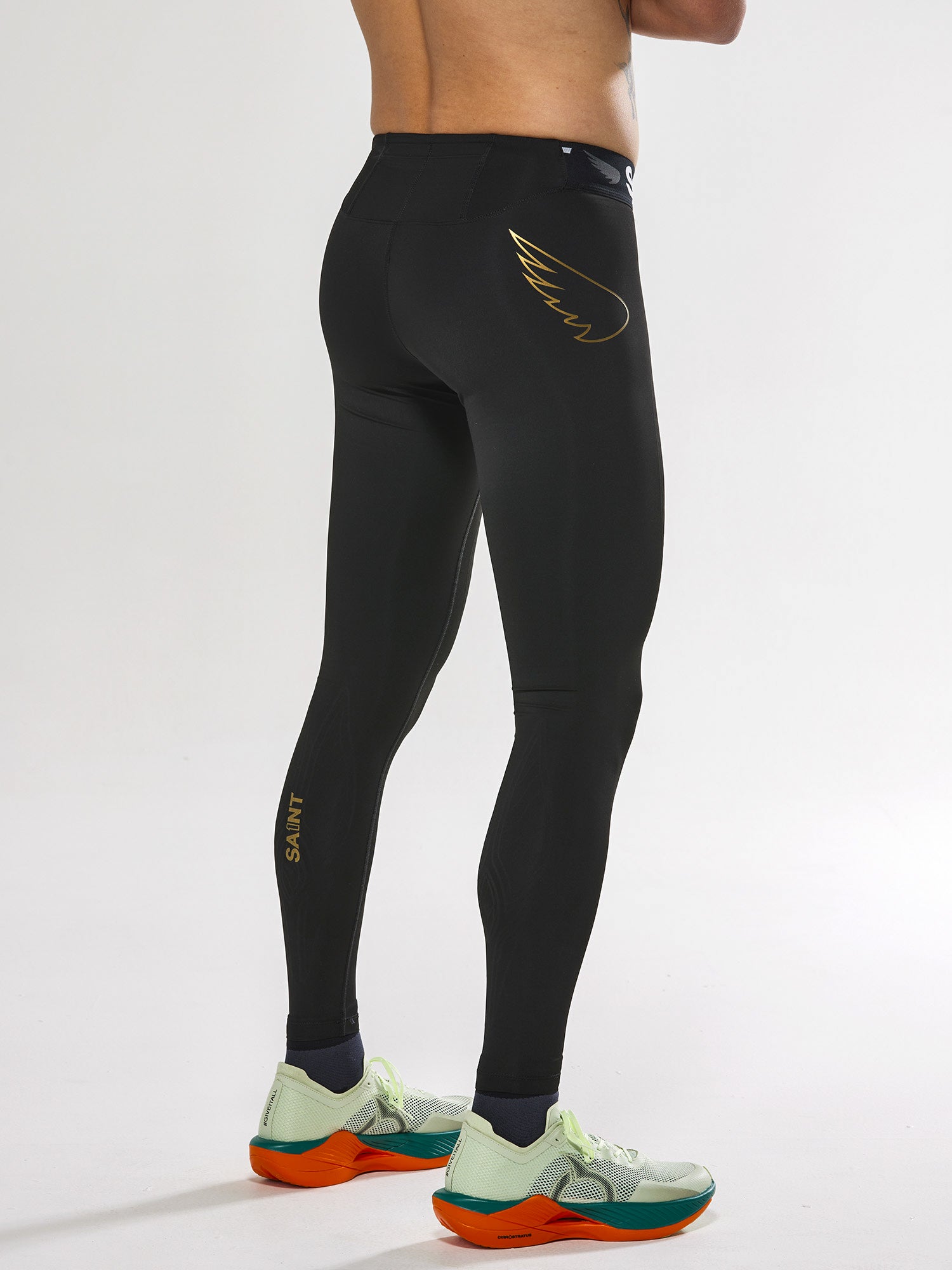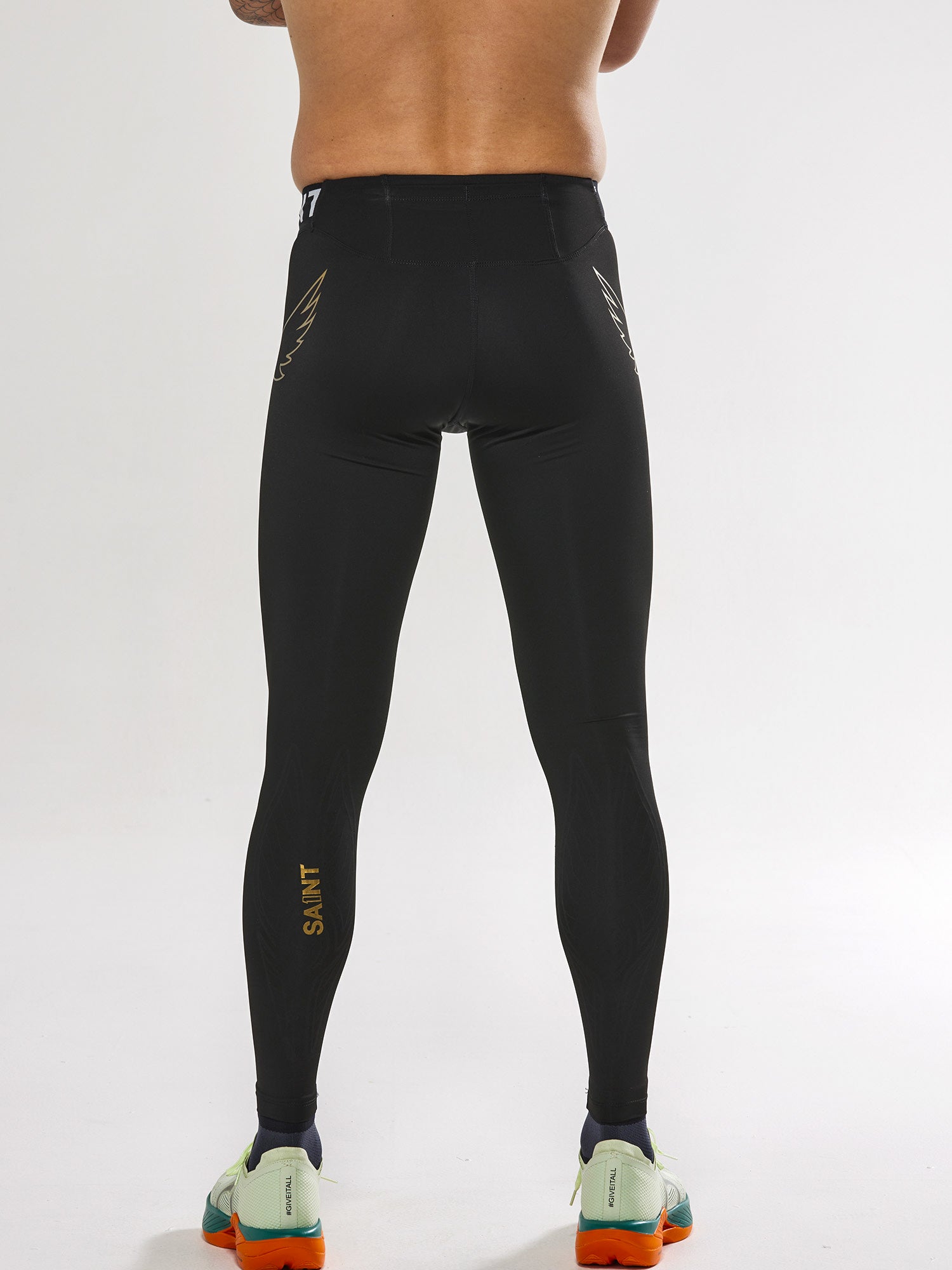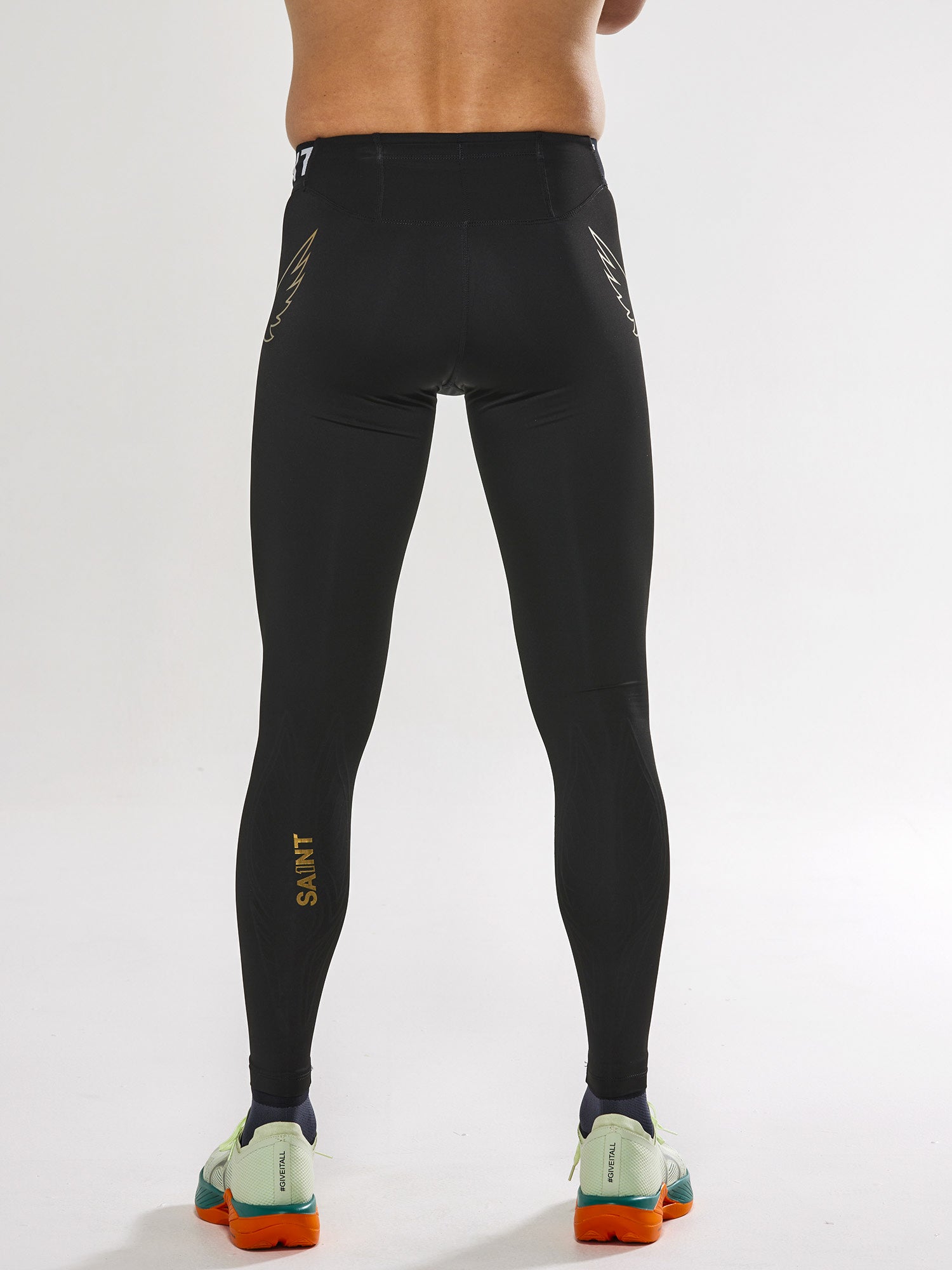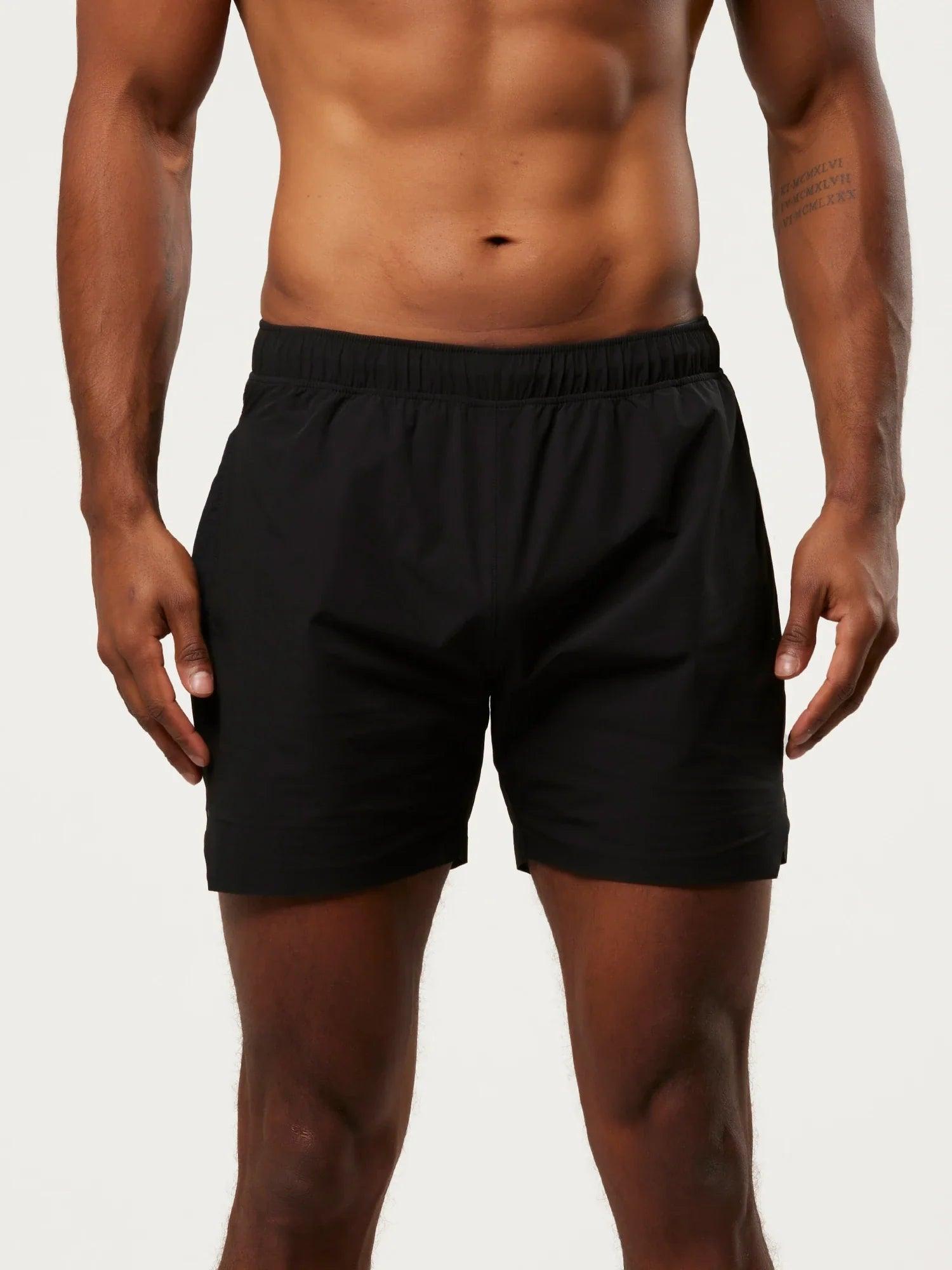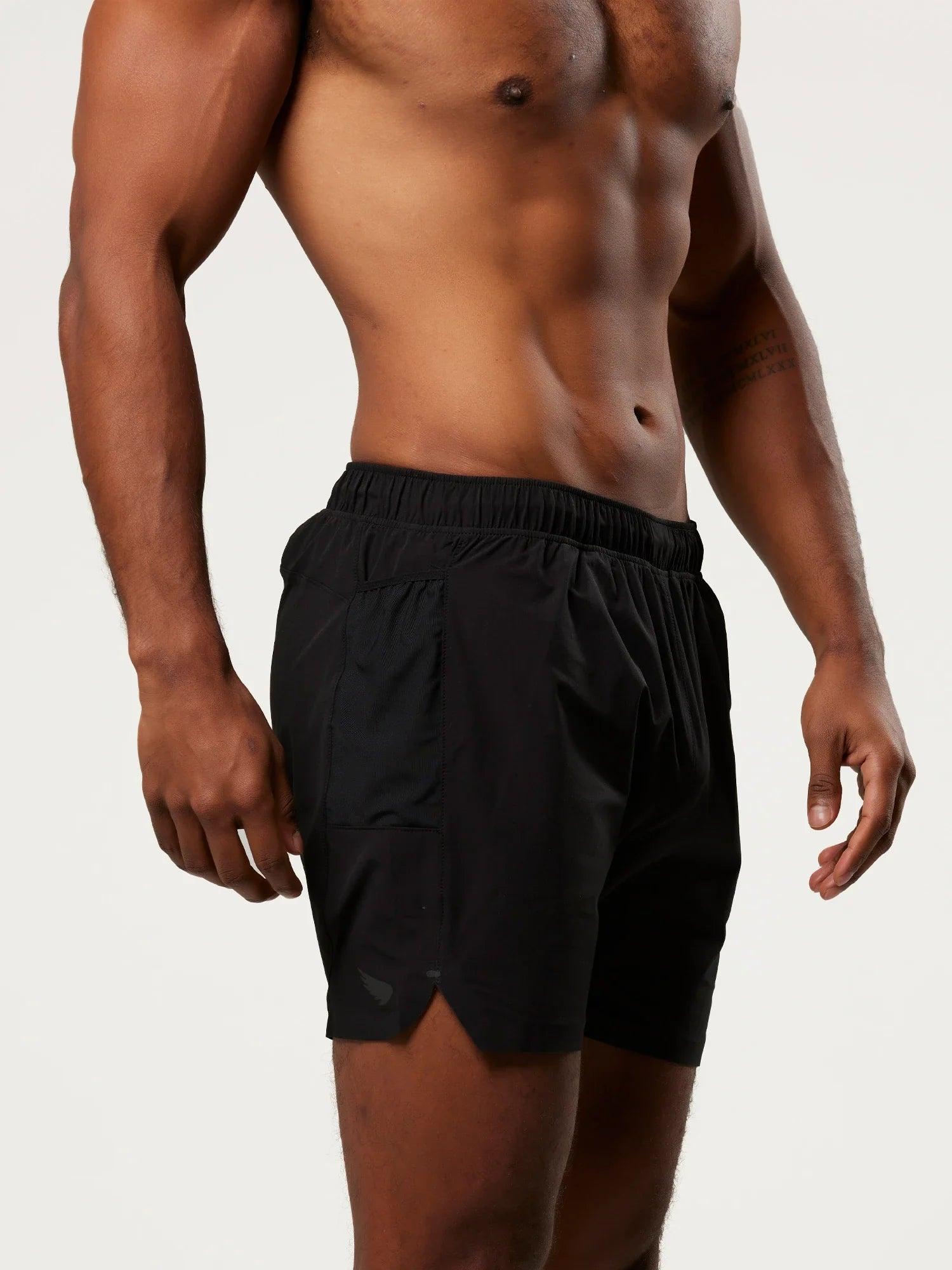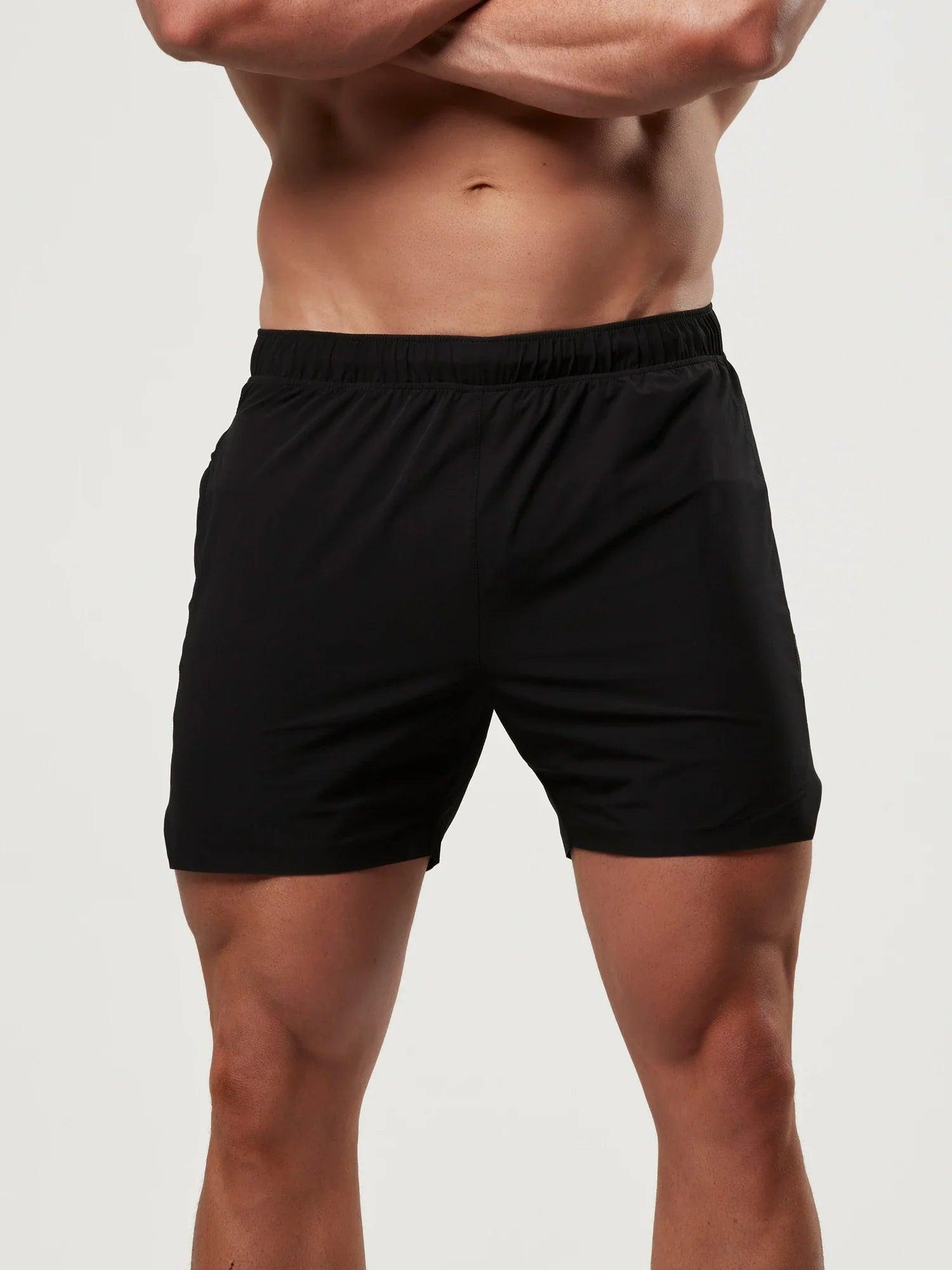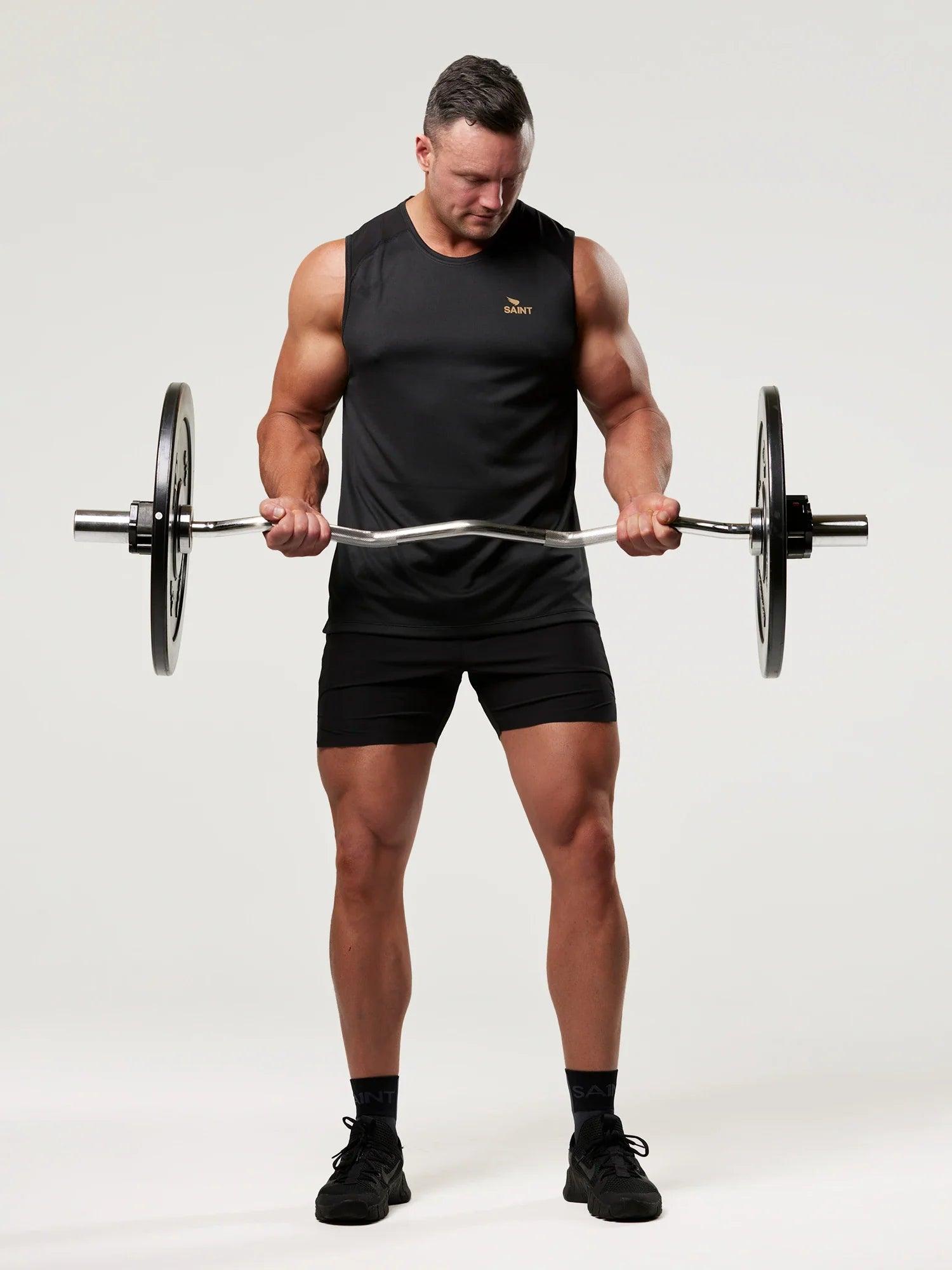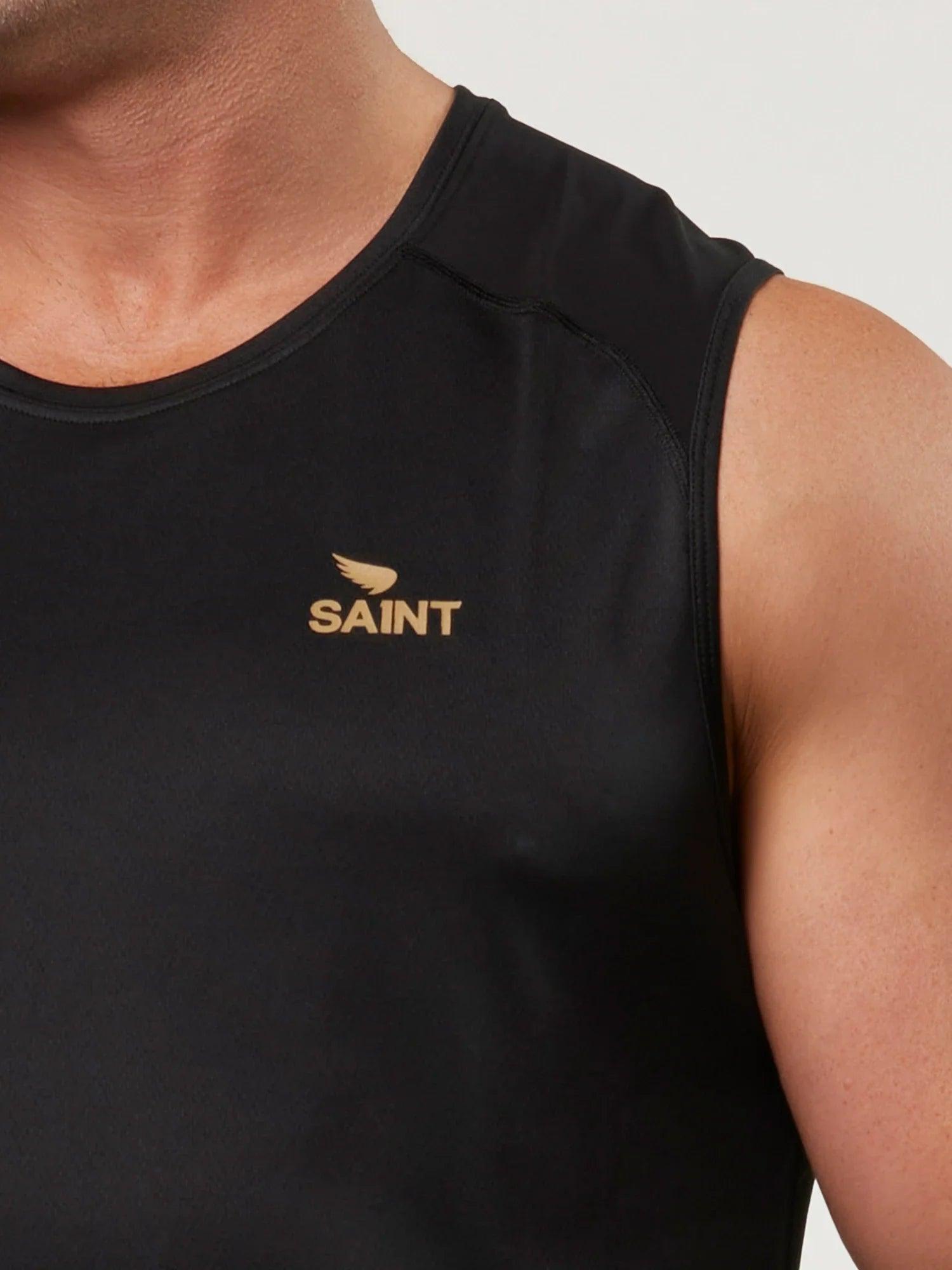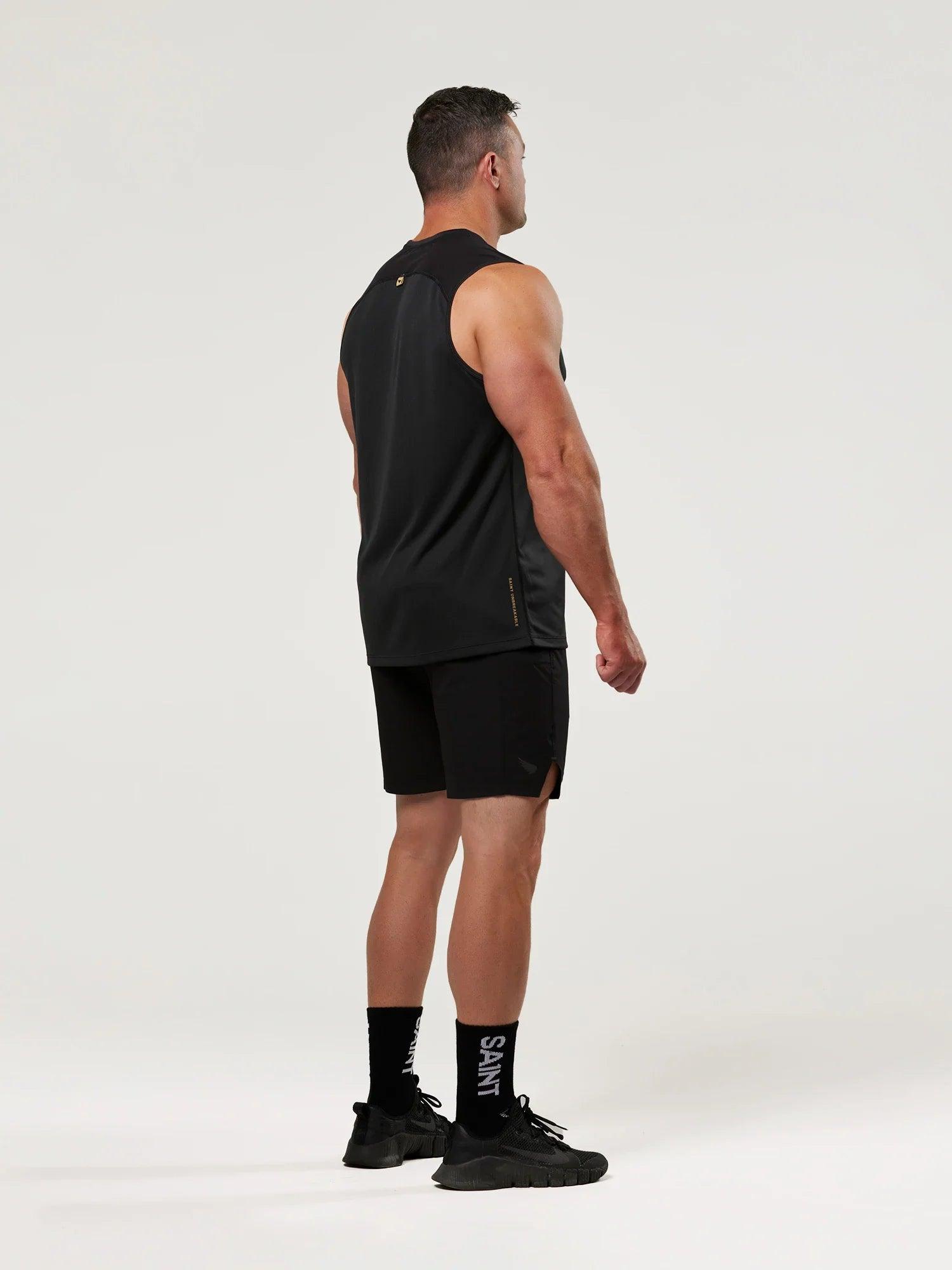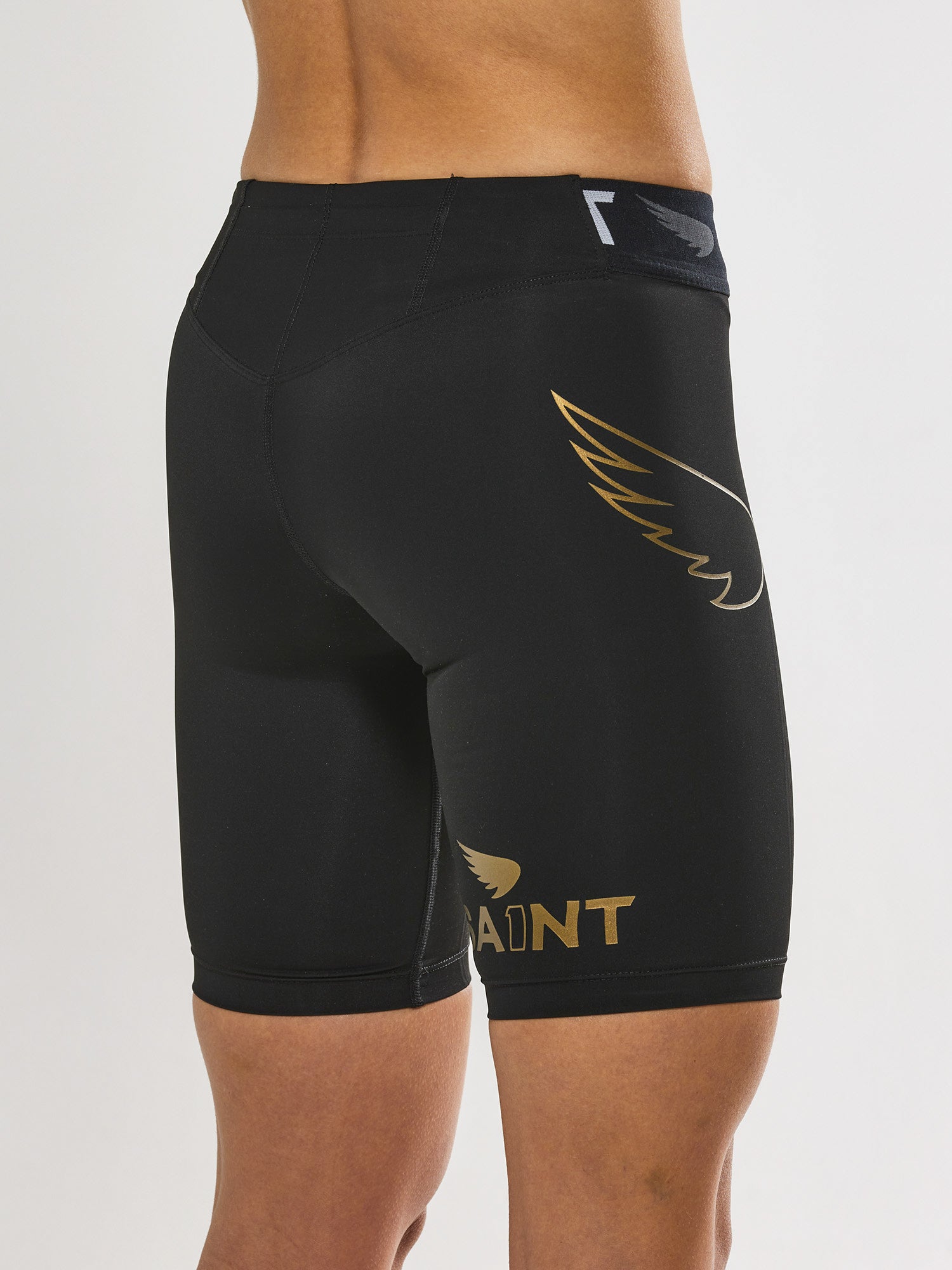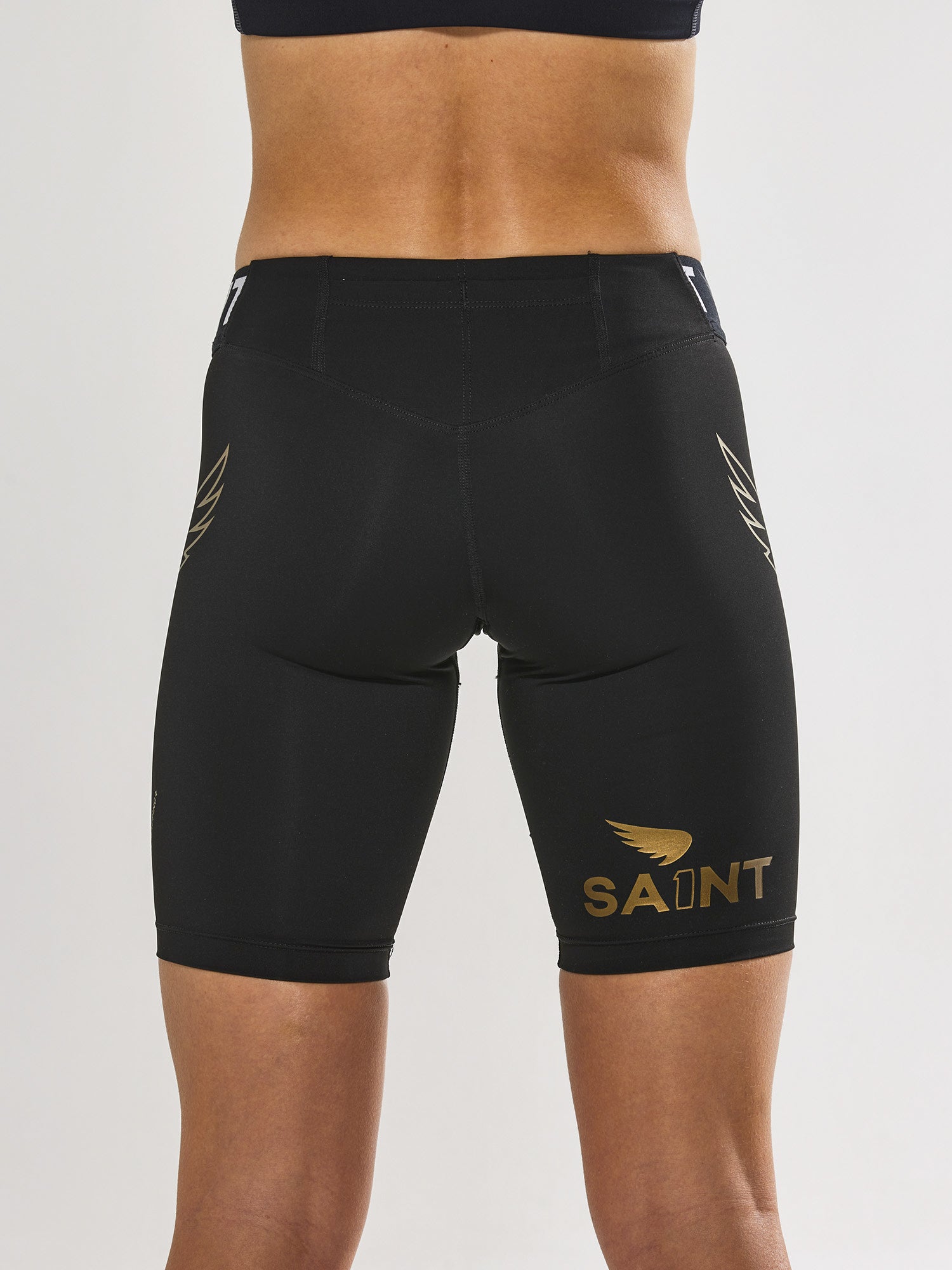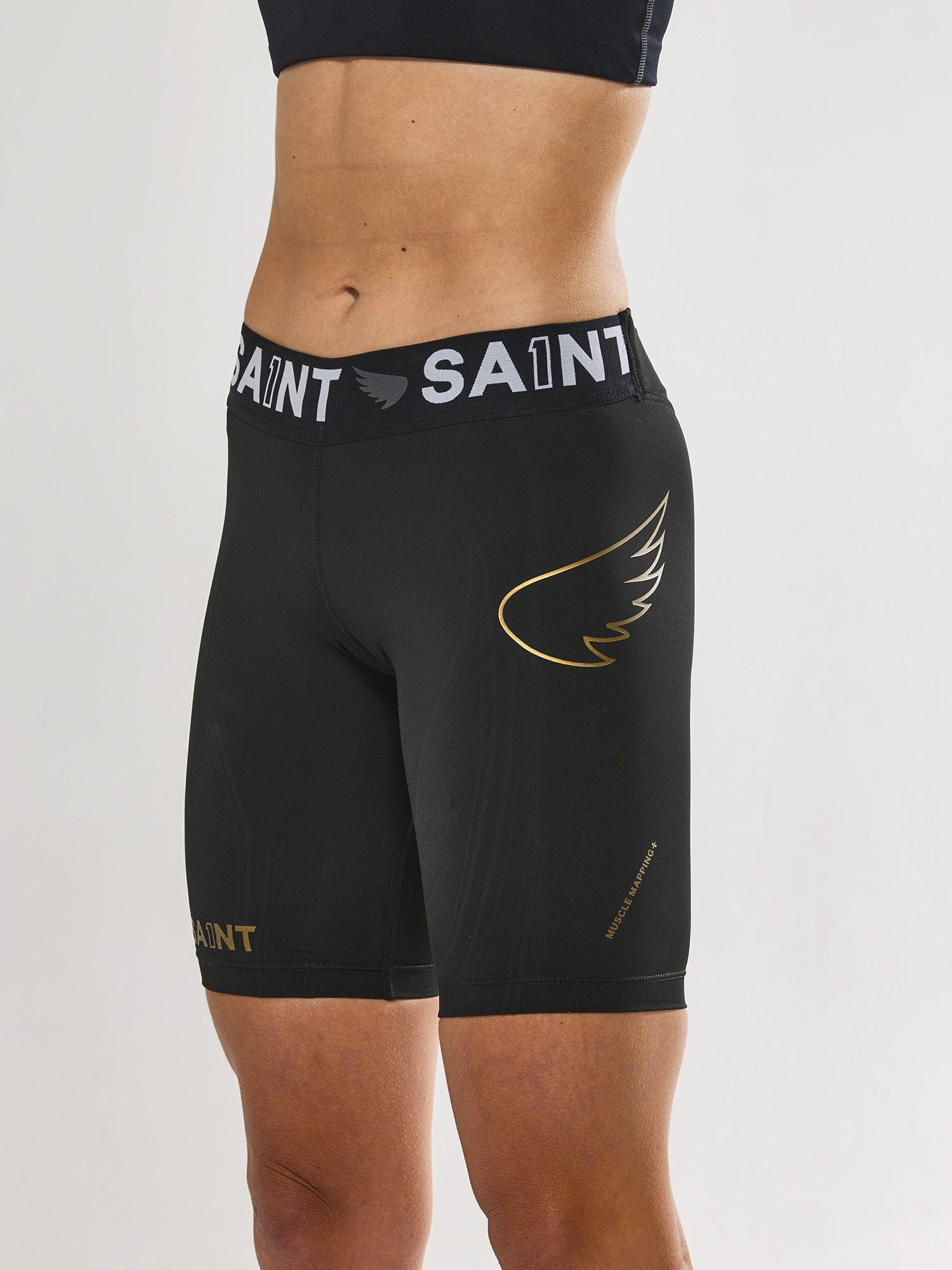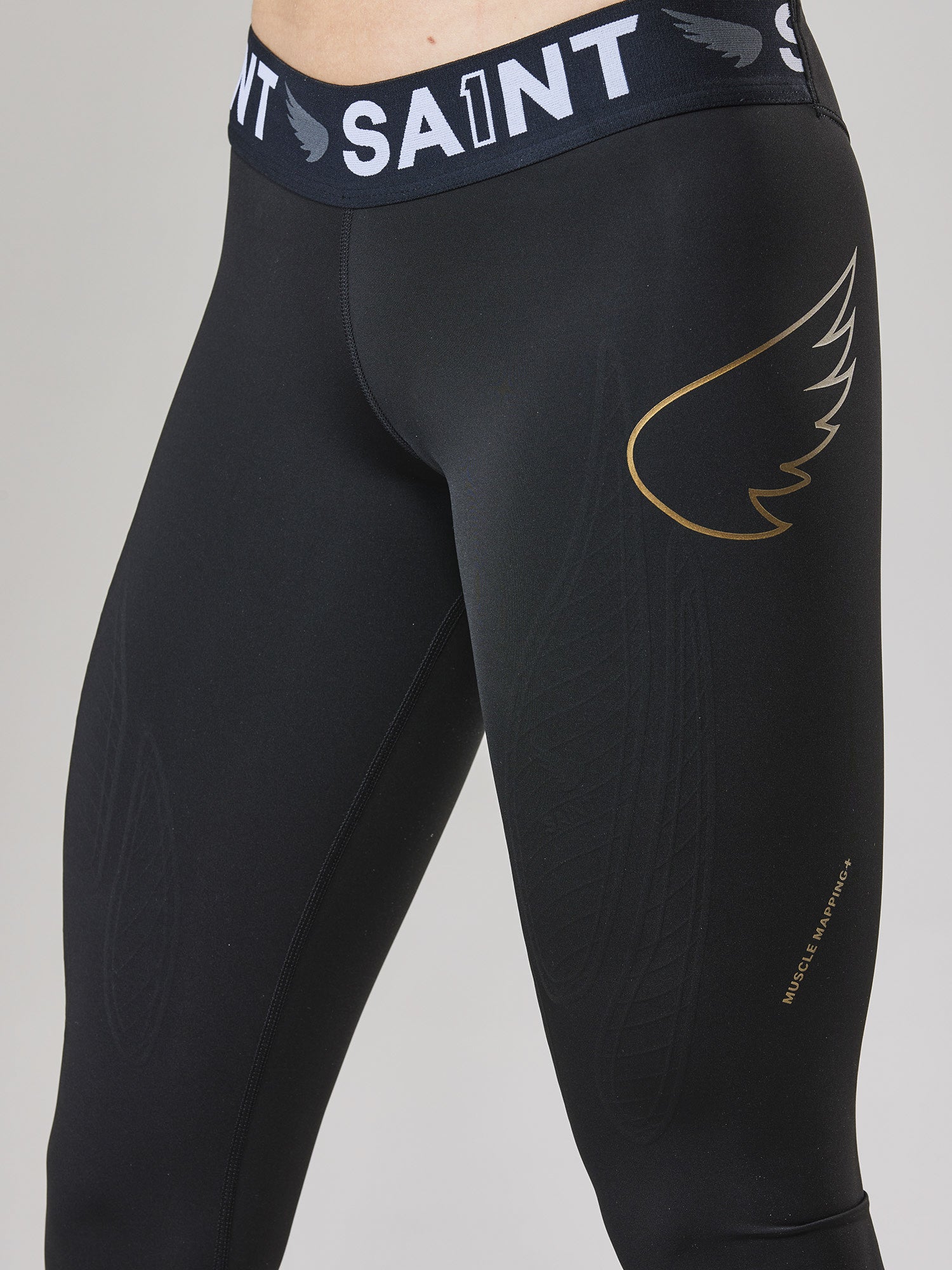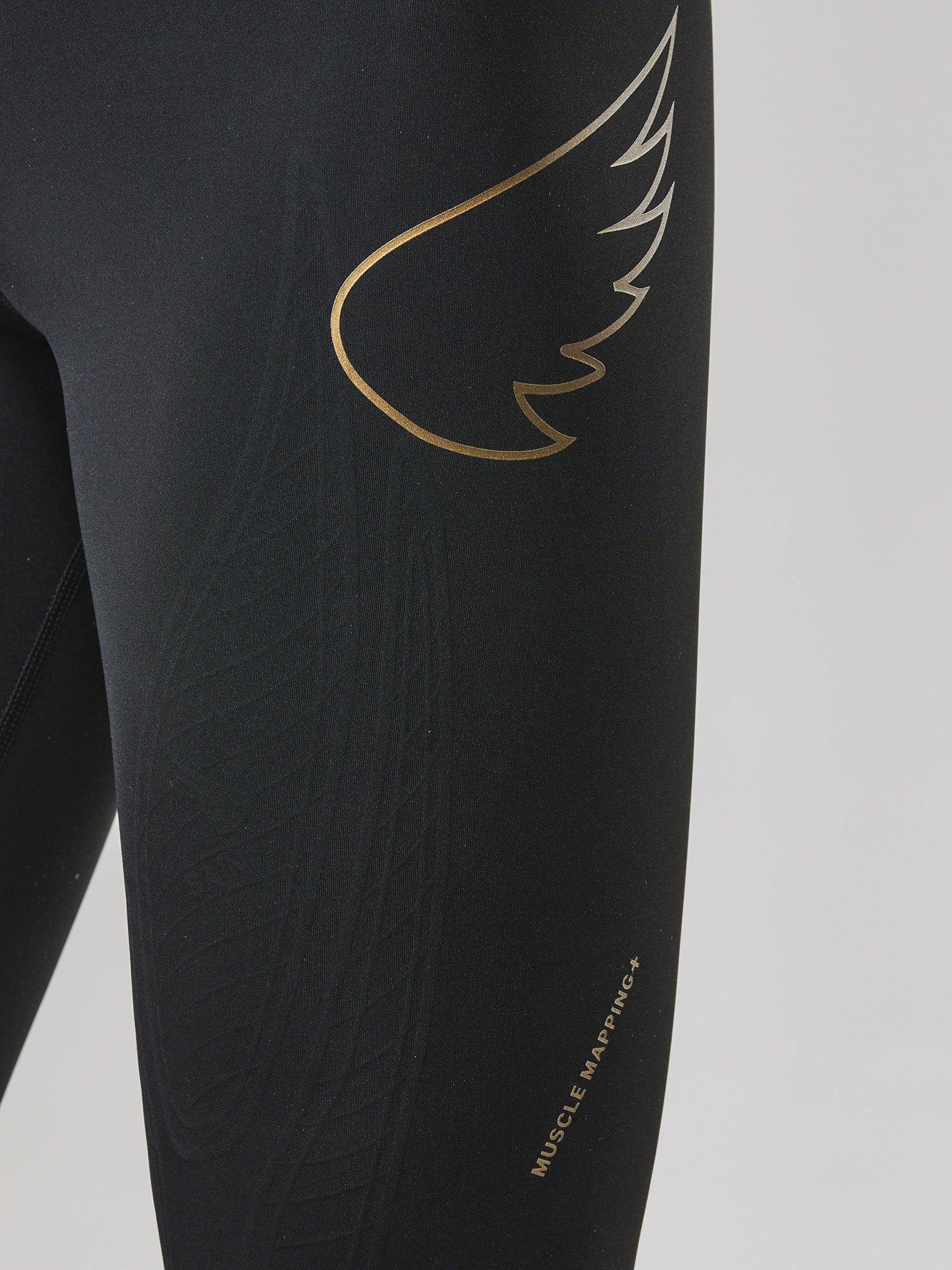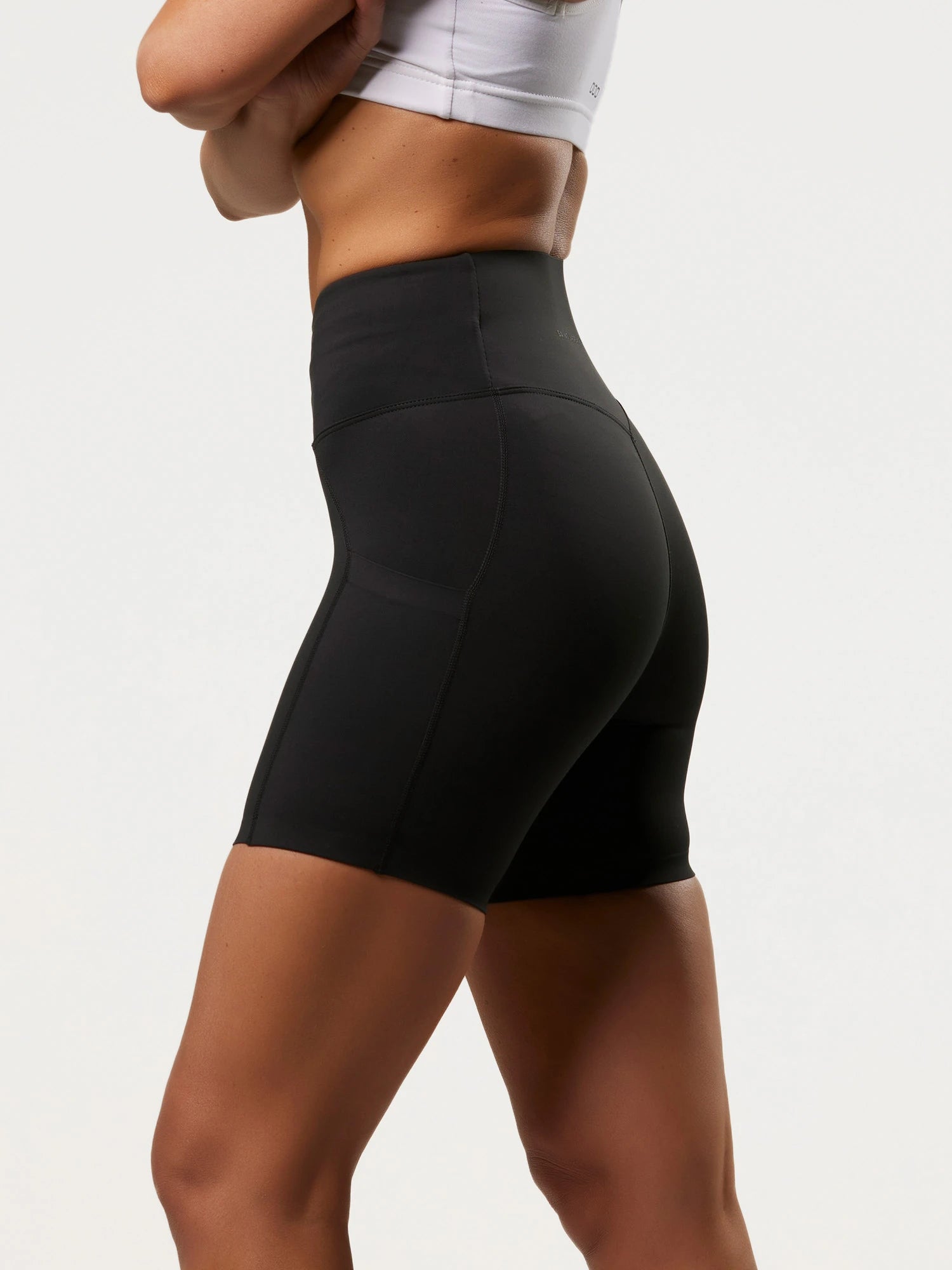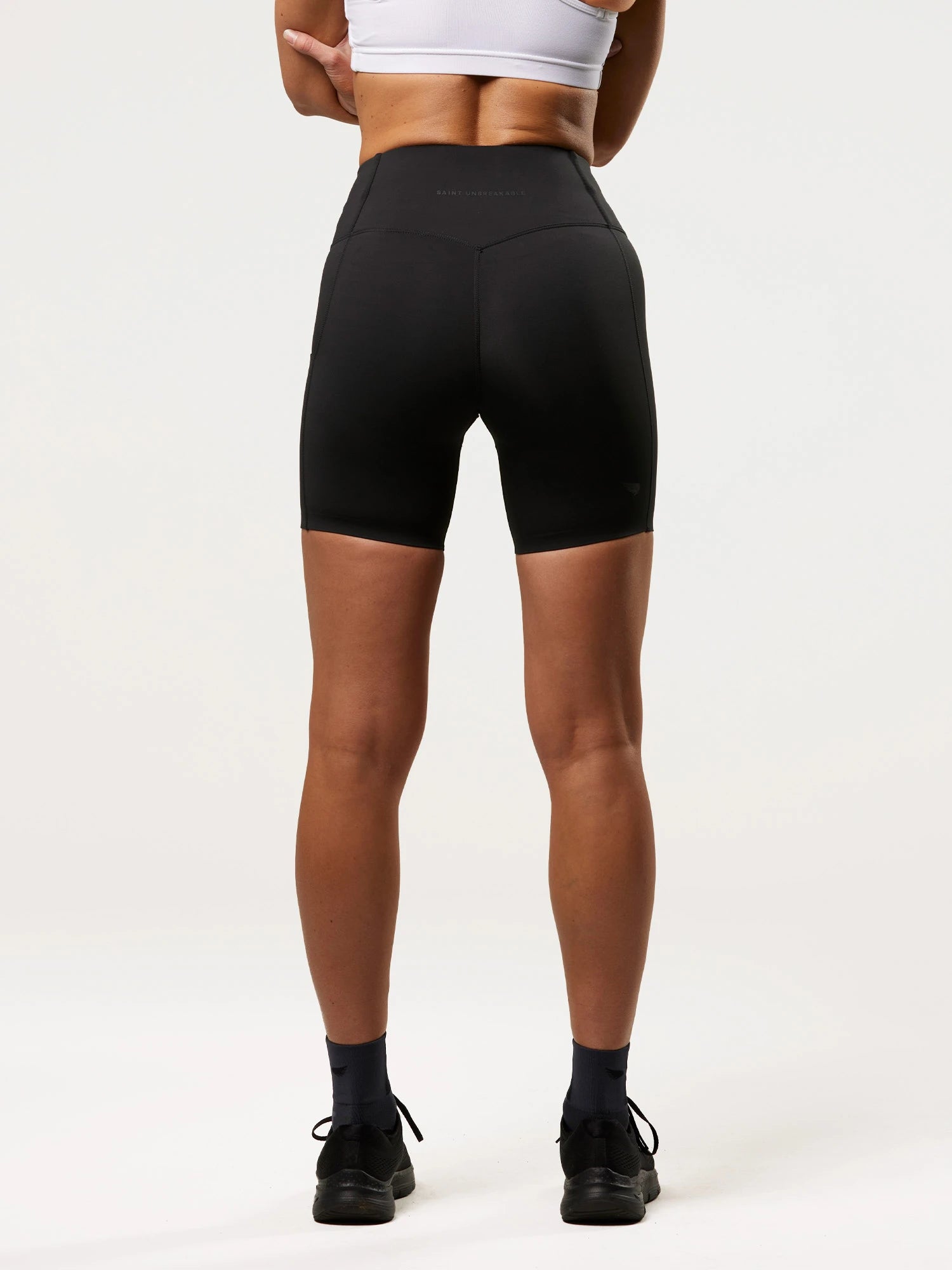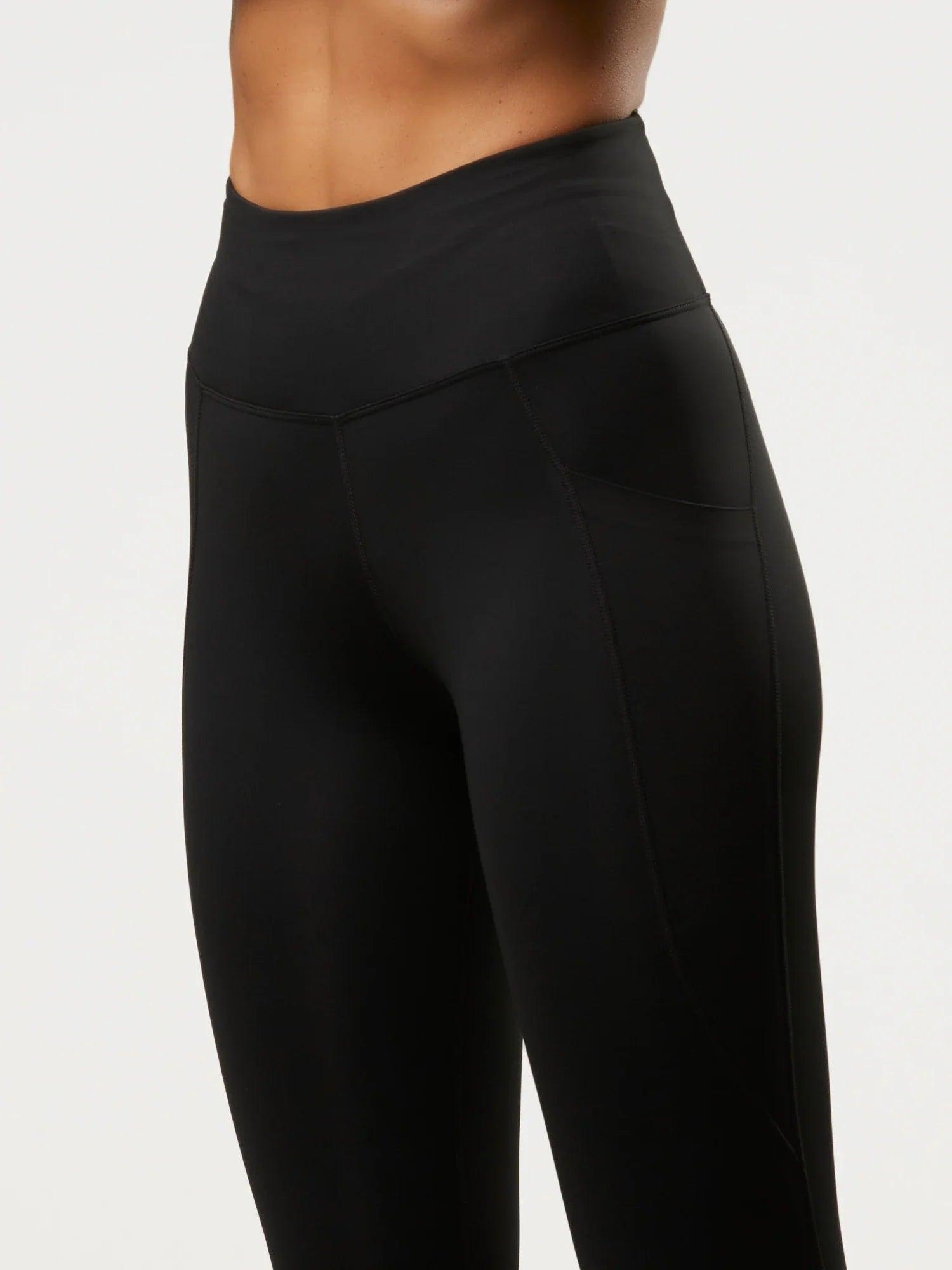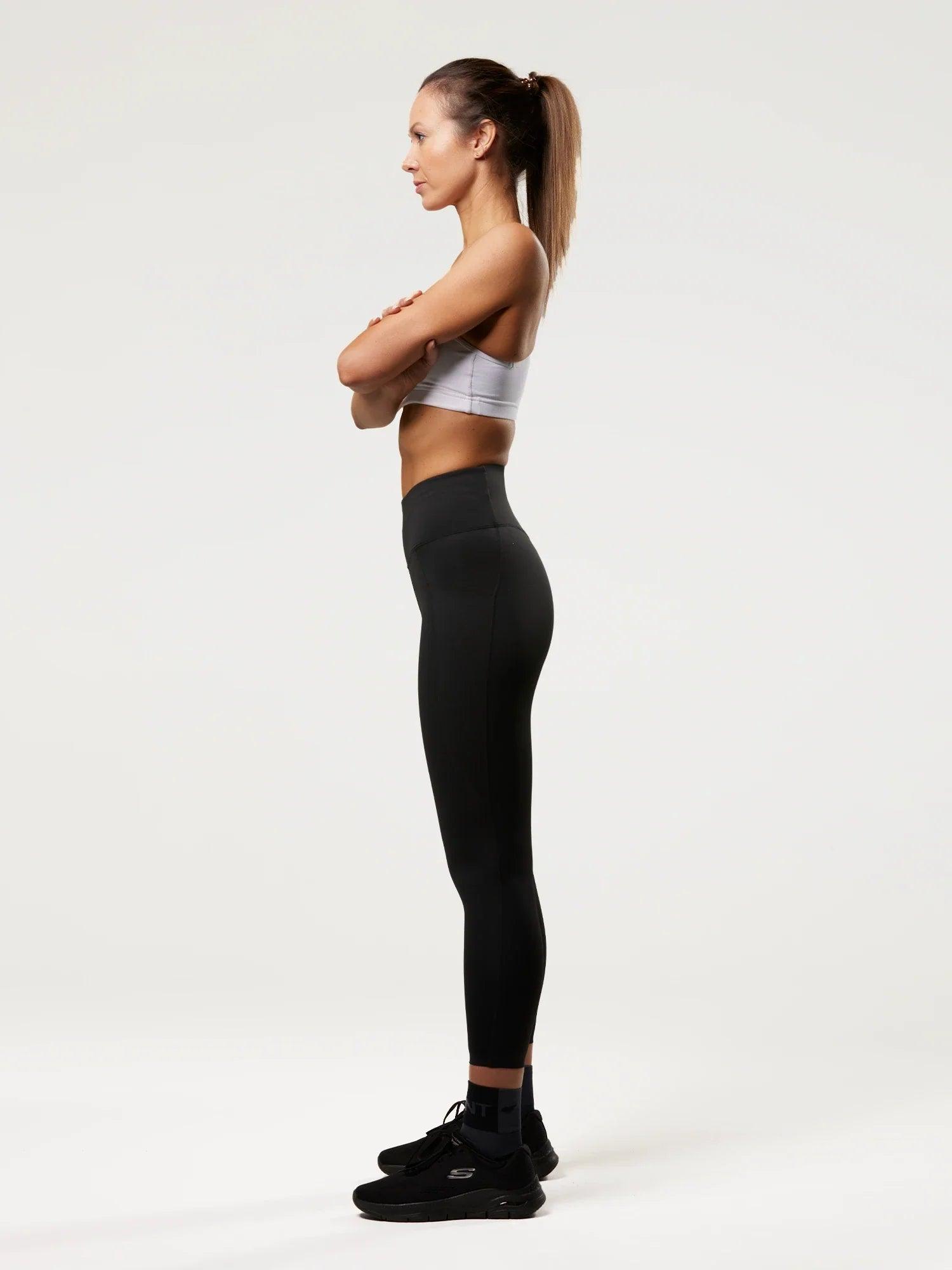"While they might seem like a fad at first, there's actually some legitimate science behind these things."
No doubt you've seen someone rocking compression sleeves at your gym, or maybe one of your workout buddies loves to wear one. But what do they actually do? While they might seem like a fad at first, there's actually some legitimate science behind these things.
The main purpose of compression sleeves is to support your arm muscles by applying graduated pressure (the highest pressure at the extremity of the limb), which can promote enhanced blood flow to the area where you're wearing a sleeve. Another compression sleeve benefit is reducing muscle fatigue by delaying the onset of forearm burn, and also minimising the muscular vibration that happens when you workout.
That's the gist of things but you've probably got a few more questions, so keep reading for the full rundown on how compression apparel works.
How Compression Sleeves Enhance Blood Circulation and Oxygen Delivery:
Okay, so how does compression gear actually increase blood flow? Studies have indicated that the topical skin pressure that's applied in medical grade compression helps increase the blood flow by squeezing the pooled blood in capillaries and the end of your limbs back into the veins, helping improve circulation even when you're resting.
To use an oversimplified analogy, think about when a tube of toothpaste is almost empty and you need to squeeze from the bottom to the top to get things moving along.
This graduated pressure helps propel blood to the heart more effectively. Poor blood flow can lead to accumulation in the lower extremities, which can sometimes lead to swelling and discomfort.
This improved blood circulation has also been theorised to increase oxygen delivery to your tissues. Oxygenated blood that's transported via arteries to muscles can work more effectively at supporting their metabolic needs, especially in post exercise recovery.

The Role of Compression Apparel in Muscle Support and Recovery:
Exercise can be a lot of fun, but what's not fun is the pain, stiffness and aches that sometimes come from pushing yourself. In these times especially your body is prone to injury, which is where good compression clothing comes in handy.
One of the best features of compression garments is strong muscle support. When we exercise our muscles vibrate, and when you wear compression sleeves this vibration can be greatly reduced, allowing you to go harder for longer without your muscles being worn out quite as quickly.
Compression sleeves and tights can also delay the build-up of lactic acid, and help flush out post-exercise lactate. This recovery feature of good quality sports compression has been demonstrated in studies where athletes doing repeated exercise are tested with and without compression tights. As the high-intensity exercise bouts are repeated, with recovery periods in between, the athletes with the compression tights were seen to recover faster and perform stronger. Whilst these were small amounts, any athlete will tell you the importance finding the one percent improvements.

How Compression Sleeves Regulate Temperature:
Another perk of compression wear is temperature regulation. We all love to get a good sweat on, but excessive heat can drain your energy and leave you feeling sluggish.
The fabric used in compression garments wicks away the sweat you produce while exercising, which keeps your body temperature well-regulated. In hot weather, it will help keep you cool, while in cold weather it keeps your muscles warm.
Effectively a good compression garment elevates the radiator-type function of our blood circulation.

Understanding Compression Levels:
If you're new to compression clothing then you may be wondering about how tight things should be. Compression levels are measured in millimetres of mercury (mmHg), which sounds technical and scary but it's not as complicated as it seems.
Compression wear in sports will typically fall between 10-30 mmHg, but which is a fairly flexible range. When trying on any compression gear, whether it's an arm sleeve or compression socks, it's important that it feels snug but still comfortable. It's recommended to have a doctor's oversight if you are wearing high-level compression in the range of 20 - 40mmHg as there can be some contraindications.
You want the clothing to hug your body so you still get the benefits of compression, but not to the point where it feels straight-up uncomfortable. You should still have a full range of motion and your clothing shouldn't be so tight that it becomes distracting.

Debunking Common Misconceptions about Compression Apparel
Myth #1: Compression clothing is only for pro athletes or people with medical problems -
While compression clothing is great for people with compromised blood circulation, or for anyone who's a pro in their field, that doesn't mean they get to hog all the benefits! Compression gear is for everyone. You don't have to be in a special category to harness its awesome potential for support and recovery. Everyone with a heartbeat can benefit from good-quality sports compression.
Myth #2: Compression clothes can't be worn for too long -
Compression clothing is made from light and breathable fabric. You can wear it for as long as you want. Sure, it might be pointless if you're not exercising, but you definitely won't harm yourself by wearing it. Periods of land standing or even flying can cause blood to pool in your extremities, and many seek relief from compression sleeves, socks and tights.
Myth #3: You can't wear compression if it's too hot or too cold -
Compression sleeves work to regulate your body temperature whether it's summer or winter. In hot weather, it can wick away sweat to cool you down, and it keeps your muscles warm in winter. So there's no temperature where compression sleeves aren't suitable for use.

How to Shop for the Right Compression Sleeves
When shopping for a leg or arm compression sleeve, consider what you'll be using it for. Since you found yourself on this page it's likely that you'll be using a sleeve for exercise, so make sure you shop somewhere that specifically caters to people shopping for sports apparel.
The ideal compression level for a sleeve is between 10-30mmHg for use in sports and exercise. With that being said, make sure it still feels comfortable. Yes, it should be a snug fit, but not to the point where you're sacrificing a comfortable range of movement.
If you're not sure where to start, check out SA1NT's own compression arm sleeve.

Conclusion: Embracing the Multifaceted Benefits of Compression Sleeves
Compression leg sleeves and arm sleeves have a wide range of benefits, and they can be used during most forms of exercise to support and help maximise performance. While the world of compression gear goes far beyond that, hopefully we've provided a good sense of what you can expect to gain.
If you want to explore further, take a look at our full range of compression gear here.
FAQs
How does compression apparel contribute to muscle recovery?
So how does compression apparel contribute to muscle recovery? The main way it does this is by helping flush the build-up of lactic acid, which is the thing that fuels your cells during intense exercise. That's a good thing, but the believed problem is our bodies can't handle too much of it. So by helping flush exercise lactate, and enhancing blood flow in a passive or relaxed state, compression clothes can keep muscle swelling to a minimum and speed up your muscle recovery time.
Are compression sleeves only beneficial for athletes?
Many people wonder if compression sleeves are only beneficial for athletes. While athletes use things like arm and leg compression sleeves to increase blood flow, there's no reason that anyone else can't reap those same benefits. So no, you don't have to be Lebron James to wear compression arm sleeves. Anything that helps keep your arm muscles loose and your blood flowing is beneficial no matter who you are.
What role does compression apparel play in injury prevention?
So exactly what role does compression apparel play in injury prevention? When we exercise our muscles vibrate, but if you wear compression sleeves this vibration will be greatly reduced, allowing you to go harder for longer without your muscles being worn out quite as quickly. There's also a theory that the aided blood flow and physical support may reduce the risk of strains that can occur.
Are there specific guidelines for choosing the right compression apparel?
Anyone new to the world of compression gear might wonder if there are specific guidelines for choosing the right compression apparel. Compression levels are measured in millimetres of mercury (mmHg) which sounds really technical but don't worry, you won't be needing a science degree for this one. Not all compression gear is created equal, with many brands choosing cheaper fabrics that lose power over time and repeated use. Compression wear for sport and exercise should fall between 10-30 mmHg, which is a fairly wide range, but choosing a high quality and powerful sports compression like SA1NT Layers helps you take the guess work out. Just make sure that above all else, your compression gear feels snug but still comfortable without restricting your movement.





